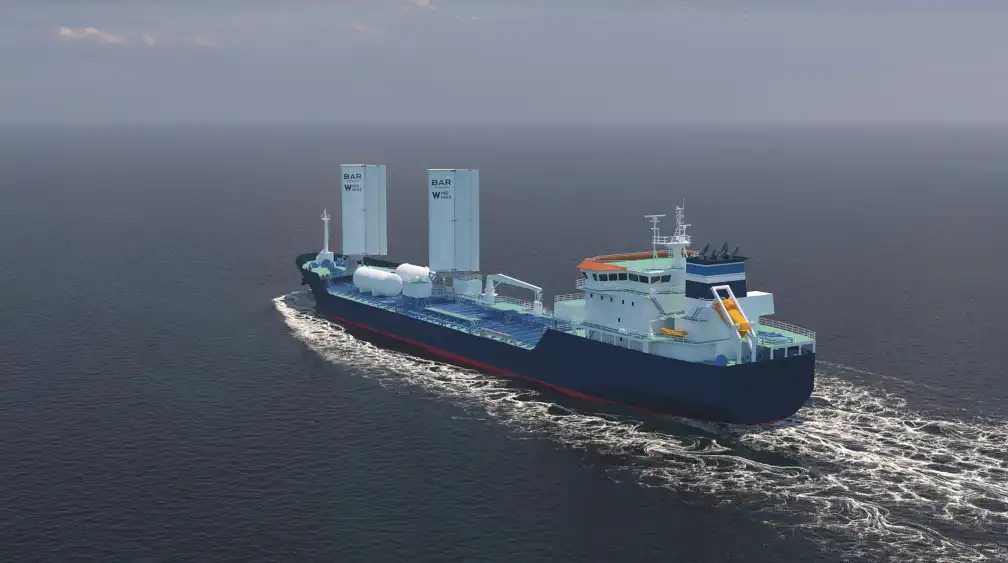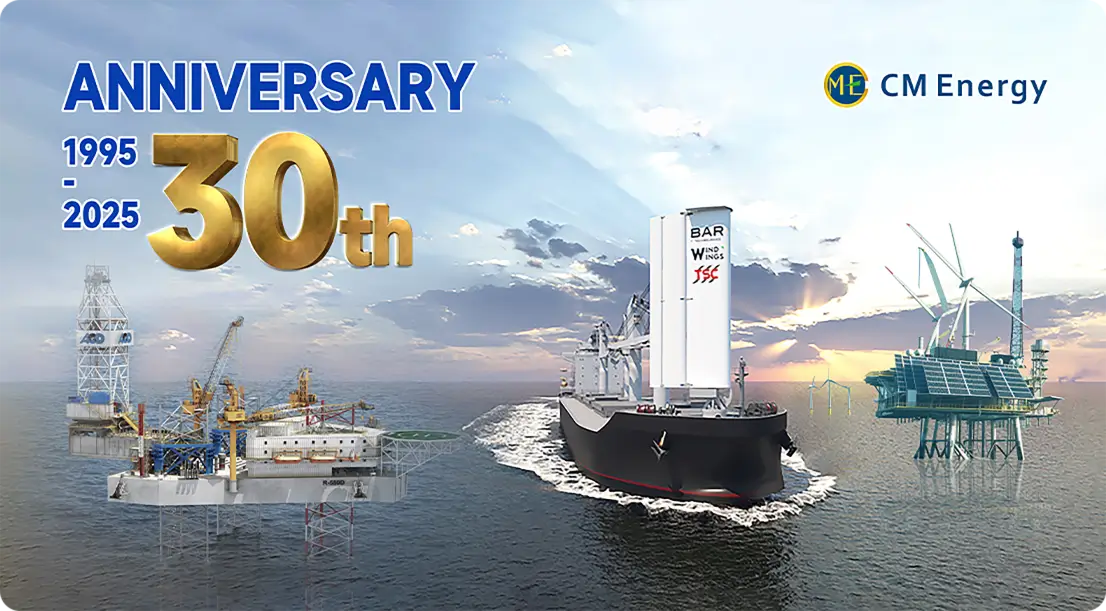Are WAPS techno-economically viable for retrofitting existing fleets?
Wind assisted propulsion systems (WAPS) have emerged as a promising solution for the maritime industry to reduce fuel consumption and emissions. As the shipping sector faces increasing pressure to decarbonize, many fleet operators are considering retrofitting their existing vessels with WAPS technology. The question remains: Are these systems truly techno-economically viable for retrofitting existing fleets? The viability of WAPS retrofits depends on several factors, including vessel type, trade routes, and operational profiles. For instance, bulk carriers and tankers operating on long-haul routes with favorable wind conditions are likely to see the greatest benefits from WAPS retrofits. The initial investment in WAPS technology can be significant, but the long-term savings in fuel costs and potential carbon credits can offset these expenses, making it an attractive option for forward-thinking fleet operators.

Cost-benefit analysis of WAPS retrofitting
Initial investment considerations
The cost of retrofitting existing vessels with wind assisted propulsion system technology varies depending on the size of the vessel and the specific WAPS solution chosen. For example, TSC's WindWings® system comes in various sizes, including 20m, 24m, and 37.5m models, each tailored to different vessel types and operational requirements.
While the upfront costs may seem substantial, it's crucial to consider the long-term benefits. WAPS installations are designed to last for up to 25 years without requiring major component replacements, providing a long operational lifespan that can justify the initial investment.
Operational savings and efficiency gains
The primary benefit of WAPS retrofits lies in the significant reduction of fuel consumption. With fuel costs representing a substantial portion of a vessel's operating expenses, even modest reductions can lead to considerable savings over time. For instance, TSC's WindWings® system has demonstrated fuel savings of up to 1.6 tons per day per wing installed, which translates to a CO2 reduction of 5.12 tons per day per wing.
Moreover, WAPS technology can improve a vessel's overall efficiency by reducing the load on the main engines. This can lead to extended engine life, reduced maintenance costs, and improved reliability – all factors that contribute to the overall economic viability of the retrofit.
WAPS ROI: Long-term savings vs. initial investment
Calculating return on investment
To determine the ROI of a WAPS retrofit, fleet operators must consider several factors:
- Fuel price projections
- Expected fuel savings based on route and operational profile
- Installation and maintenance costs
- Potential revenue from carbon credits or improved charter rates
- Compliance with future environmental regulations
While the exact payback period will vary, many operators are finding that WAPS retrofits can achieve ROI within 3-7 years, depending on the factors mentioned above. This timeframe is particularly attractive given the long operational life of WAPS technology.
Future-proofing fleets
Investing in Wind Power Propulsion technology is not just about immediate cost savings; it's also about future-proofing fleets against increasingly stringent environmental regulations. As the maritime industry moves towards decarbonization, vessels equipped with WAPS will be better positioned to meet new emission standards and avoid potential fines or operational restrictions.
Furthermore, ships with lower carbon footprints may command premium charter rates or have access to preferential port fees, creating additional economic incentives for WAPS adoption.
Key Factors Affecting WAPS Economic Viability in Fleet Upgrades
Vessel characteristics and trade routes
The economic viability of WAPS retrofits is heavily influenced by the characteristics of the vessel and its typical trade routes. Larger vessels with ample deck space, such as bulk carriers and tankers, are often ideal candidates for WAPS installations. These ship types frequently operate on long-haul routes that maximize the potential for wind-assisted propulsion.
Additionally, routes with consistent and favorable wind conditions will naturally see greater benefits from WAPS technology. Fleet operators should conduct thorough route analyses to determine the potential fuel savings and optimize the placement and number of WAPS units on each vessel.
Regulatory landscape and incentives
The evolving regulatory landscape plays a crucial role in the economic viability of WAPS retrofits. As international bodies and individual countries implement stricter emission standards, the value proposition of wind assisted propulsion system technology becomes even more compelling.
Some regions are introducing incentives for green shipping technologies, which can further improve the economic case for WAPS retrofits. These may include tax breaks, subsidies, or preferential treatment in ports for vessels equipped with emission-reducing technologies.
Integration and operational considerations
The success of a WAPS retrofit also depends on how well the technology integrates with existing vessel systems and operations. Modern WAPS solutions, like those offered by CM Energy, are designed to be easily integrated and operated alongside conventional propulsion systems.
Features such as automated control systems, weather routing capabilities, and compatibility with existing cargo handling equipment ensure that WAPS technology enhances rather than hinders vessel operations. This seamless integration is crucial for maximizing the economic benefits of the retrofit.
Conclusion
In conclusion, wind assisted propulsion systems have proven to be a techno-economically viable option for retrofitting existing fleets. While the initial investment may be substantial, the long-term benefits in terms of fuel savings, emission reductions, and regulatory compliance make WAPS an attractive solution for forward-thinking ship operators.
As the maritime industry continues to evolve and adapt to environmental challenges, technologies like WAPS will play an increasingly important role in shaping the future of sustainable shipping. Fleet operators who embrace these innovations early stand to gain significant competitive advantages in terms of operational efficiency, cost savings, and environmental performance.
Unlock the Power of Wind for Your Fleet with CM Energy
Ready to revolutionize your fleet's efficiency and environmental performance? CM Energy's cutting-edge WindWings® technology offers unparalleled fuel savings and emission reductions for your vessels. Our expert team provides comprehensive support from initial assessment to installation and ongoing maintenance, ensuring a seamless transition to wind-assisted propulsion. Don't let your fleet fall behind in the race towards sustainable shipping – contact us today to explore how our WAPS solutions can transform your operations and boost your bottom line.
For more information on our wind assisted propulsion system solutions, please contact us at info.cn@cm-energy.com. As a leading WAPS manufacturer, we're committed to helping you navigate the future of green shipping.
References
- International Maritime Organization. (2023). "Fourth IMO GHG Study 2020." IMO Publications.
- Lloyd's Register. (2024). "Wind-Assisted Propulsion Systems: A Technical and Economic Assessment." LR Maritime Decarbonisation Hub.
- DNV GL. (2023). "Energy Transition Outlook 2023: Maritime Forecast to 2050." DNV GL Maritime.
- American Bureau of Shipping. (2024). "Sustainability Whitepaper: Wind Propulsion Systems for Commercial Ships." ABS Group.
- Maritime and Port Authority of Singapore. (2023). "Study on the Economic Viability of Wind-Assisted Propulsion for Containerships." MPA Singapore.
- University of Southampton. (2024). "Techno-Economic Analysis of Retrofit Options for Existing Merchant Fleets." Wolfson Unit for Marine Technology and Industrial Aerodynamics.

